SUMMARY
This is AI generated summarization, which may have errors. For context, always refer to the full article.
![[ANALYSIS] Marcos and Duterte’s economic crises: How do they compare?](https://www.rappler.com/tachyon/2020/09/tl-marcos-duterte-recessions.jpg)
Today we’re living through the Philippines’ worst economic downturn since World War II.
Our economy’s production, as measured by gross domestic product (GDP), plunged by a whopping 16.5% in the second quarter of this year — by far the biggest contraction of our economy in a single quarter. (READ: End of growth: How the pandemic ruined PH economy beyond recognition)
But before the COVID-19 pandemic, our worst economic crisis occurred during the dying years of Marcosian martial law.
Back then we experienced 9 consecutive quarters of negative growth from 1983 to 1985 (Figure 1). Our economy shrank by 7% for two consecutive years (1984 and 1985), but in some quarters GDP’s decline was actually in excess of 10%.
Figure 1.
Other indicators were dire as well. The average Filipino’s income fell by 15% from 1983 to 1985. Inflation, which measures how fast prices are rising, exceeded 50% in 1984. Job opportunities dried up. Millions were pushed into poverty, and hunger skyrocketed. (READ: Marcos years marked ‘golden age’ of PH economy? Look at the data)
Sure, the circumstances surrounding the Marcosian recession and today’s recession could not be more different. But both are threaded by two things: extremely bad governance and bad luck.
Marcos’ debt and economic crisis
The seeds of the recession in the 1980s were planted by Marcos several years previously.
For many years the economy was growing on the back of an ever-growing mountain of debt. In just 5 years, our external debt ballooned by almost threefold from $8.2 billion in 1977 to $24.4 billion in 1982.
Although this supported a number of government projects (including some famous edifices and other public works), the country’s swelling debt was in fact not translating into much economic growth. From 1972 to 1981, debt grew in excess of 3 times our average GDP growth rate.
Much of that new debt, obtained ostensibly for growth and development projects, was eventually looted by the Marcoses and their cronies. Corruption was pervasive in both the public and private sectors. To this day, Ferdinand Marcos holds the Guinness World Record for the Greatest Robbery of a Government, to the tune of $5 billion to $10 billion. (READ: Just how bad was corruption during the Marcos years?)
The debt crisis was precipitated by external shocks as well.
At the time the US Federal Reserve was battling a spell of high inflation, and in response they chose to raise their key interest rate. Global interest rates soon followed suit, and heavily indebted countries like ours paid a much steeper price for our international obligations.
Our ability to repay our debts was further diminished by our dwindling international reserves.
For one thing, the Marcos regime continued a long-standing policy of import substituting industrialization, which meant we relied on imported goods to boost domestic industries. Well-meaning though this might sound, it entailed a steady outflow of dollars as we paid for substantial imports.
Exports could have stemmed this hemorrhage of dollars, but the Marcos regime had miserably failed to strengthen our domestic industries and promote their export capabilities — a deviation from the economic strategy employed by many of our export-oriented neighbors. In the early 1980s, the US Fed’s actions also led to a global recession which dampened demand for our exports.
Since the 1970s, capital was also fleeing the country in droves. From 1973 to 1986, as much as $11.3 billion had left the country on account of political turmoil, poorer economic prospects, and greener pastures abroad.
All these contributed to a perfect economic storm. By 1983 the debt crisis came to a head and Marcos’s economic managers had to declare a debt moratorium — essentially telling the world the Philippines could no longer repay its debts. Naturally, this put us in a very bad light among our creditors. (READ: We never defaulted on our loans? That’s historical revisionism)
At one point only the International Monetary Fund (IMF) was willing to lend to us any further. But they did so on the condition that the Marcos regime stabilized the economy and implemented policies to correct for past failures.
This proved to be a bitter pill that included an overdue devaluation of the peso. This made imports suddenly a lot more expensive, sending general prices through the roof, and shrinking Filipinos’ purchasing power. (READ: Golden age? Inflation reached 50% during Marcos regime)
Throughout this painful adjustment period, investments and production tanked, especially in manufacturing.
In sum, the economic crisis during the mid-1980s was brought about by Marcos’ imprudent borrowing and bad luck.
Duterte’s pandemic recession
Fast forward to 2020, and we’re experiencing yet another deep recession during an authoritarian regime.
Bad luck is also crucial here: the ultimate cause of today’s economic crisis is of course the global pandemic. Many other economies, both developed and emerging, have been pushed in similarly deep recessions; we are not alone.
But unlike the Marcosian recession, imprudent borrowing isn’t the proximate cause of our present woes.
For years the country’s debt ratio (economists’ preferred indicator of indebtedness) has in fact significantly gone down on account of robust economic growth and better fiscal management (Figure 2).
Figure 2.
But with government revenues drying up and spending efforts expected to increase, government finds itself increasingly reliant on new loans to bridge its financing gaps. Borrowings have recently spiked.
Understandably, many people — traumatized by the Marcos years — fear this growing debt could cripple our economy in the future.
But the situation is much different now. Economists worldwide have become increasingly tolerant of debt, if it means allowing millions of people to weather the economic effects of the global pandemic. With the Philippines enjoying a lot of fiscal space — as constantly trumpeted by Duterte’s economic managers before — more borrowing need not be catastrophic.
Rather than extravagant debt, what seems to have exacerbated the present economic crisis is sheer incompetence.
For starters, the Duterte government was slow to act against the pandemic early this year, resulting in rampant local transmission — this, despite the Philippines experiencing one of the world’s longest lockdowns. By stark contrast, many neighboring economies seem to have dodged a bullet because of their governments’ prompt actions. (READ: Had Duterte acted earlier, PH economy would be safe to open by now)
The Duterte government is also recklessly opening up our economy despite thousands of new cases reported daily. And many of its policies — confusingly announced and bereft of proper study — have arguably promoted rather than hindered the spread of the virus.
Dictators and recessions
It seems too much of a coincidence that the Philippines’ worst economic crises have occurred during the terms of the country’s most authoritarian leaders.
Sure, bad luck contributed to both Marcos and Duterte’s recessions. But what really felled our economy in both cases — in ways not seen in other countries — was extremely bad governance: untrammeled greed by Marcos, sheer incompetence by Duterte.
Strongmen and the economy simply don’t mix well. Filipinos will do well to keep this in mind in the coming elections. – Rappler.com
The author is a PhD candidate and teaching fellow at the UP School of Economics. His views are independent of the views of his affiliations. Follow JC on Twitter (@jcpunongbayan) and Usapang Econ (usapangecon.com).
Add a comment
How does this make you feel?

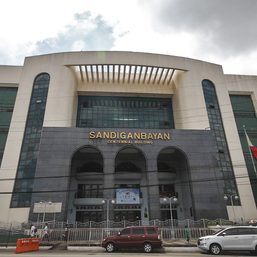
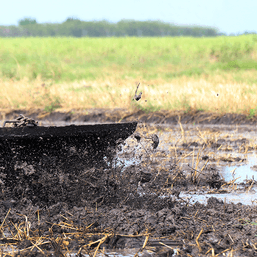
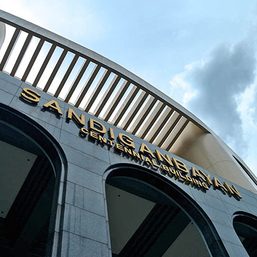

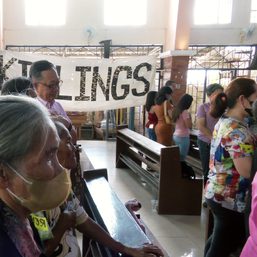
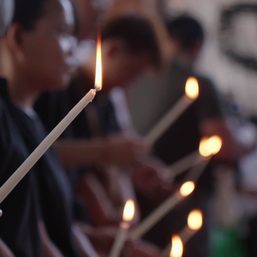
![[Just Saying] Diminished impact of SC Trillanes decision and Trillanes’ remedy](https://www.rappler.com/tachyon/2024/04/Diminished-impact-of-SC-Trillanes-decision-and-remedy.jpg?resize=257%2C257&crop=273px%2C0px%2C720px%2C720px)
![[Rappler Investigates] Son of a gun!](https://www.rappler.com/tachyon/2024/03/newsletter-duterte-quiboloy.jpg?resize=257%2C257&crop=450px%2C0px%2C1080px%2C1080px)
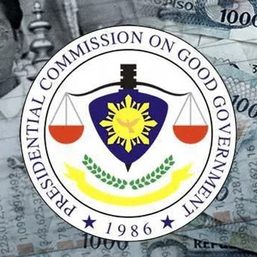
![[Newspoint] The lucky one](https://www.rappler.com/tachyon/2024/04/lucky-one-april-18-2024.jpg?resize=257%2C257&crop=536px%2C0px%2C1080px%2C1080px)
![[Just Saying] Marcos: A flat response, a missed opportunity](https://www.rappler.com/tachyon/2024/04/tl-marcos-flat-response-april-16-2024.jpg?resize=257%2C257&crop=277px%2C0px%2C720px%2C720px)

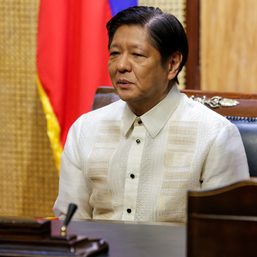
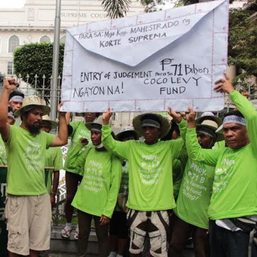

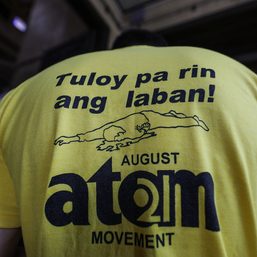
![[OPINION] What happened to laughter in February 1986?](https://www.rappler.com/tachyon/2024/02/tl-laughter-1986.jpg?resize=257%2C257&crop=346px%2C0px%2C720px%2C720px)
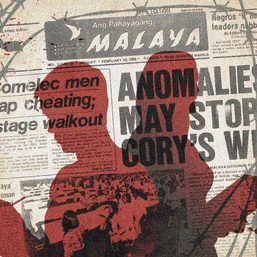


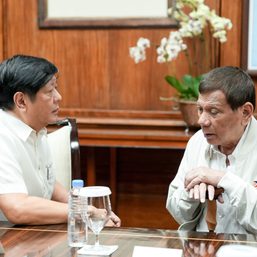
![[The Slingshot] Alden Delvo’s birthday](https://www.rappler.com/tachyon/2024/04/tl-alden-delvo-birthday.jpg?resize=257%2C257&crop=263px%2C0px%2C720px%2C720px)
![[EDITORIAL] Ang low-intensity warfare ni Marcos kung saan attack dog na ang First Lady](https://www.rappler.com/tachyon/2024/04/animated-liza-marcos-sara-duterte-feud-carousel.jpg?resize=257%2C257&crop=294px%2C0px%2C720px%2C720px)
![[Newsstand] Duterte vs Marcos: A rift impossible to bridge, a wound impossible to heal](https://www.rappler.com/tachyon/2024/04/duterte-marcos-rift-apr-20-2024.jpg?resize=257%2C257&crop=278px%2C0px%2C720px%2C720px)

There are no comments yet. Add your comment to start the conversation.